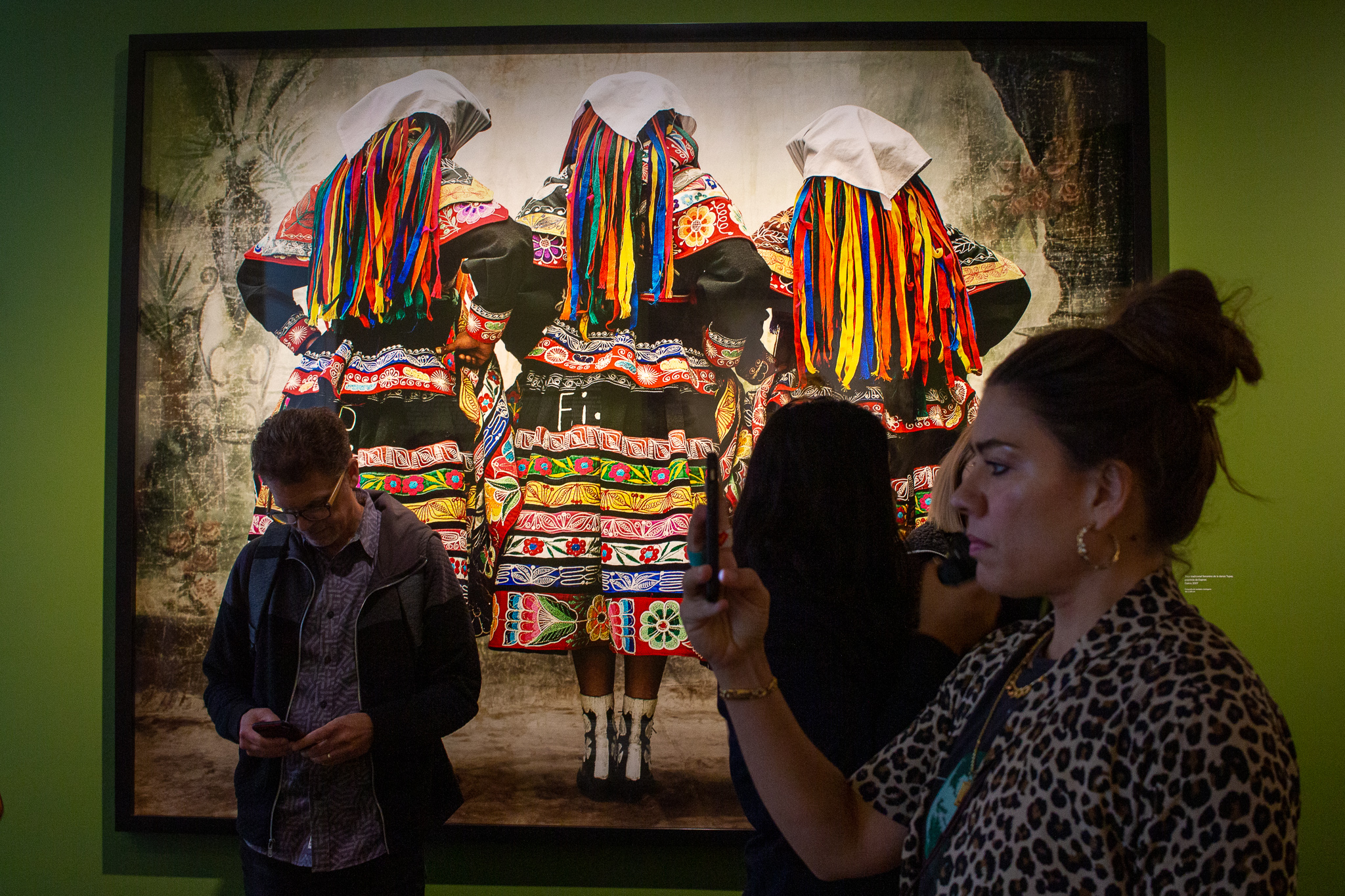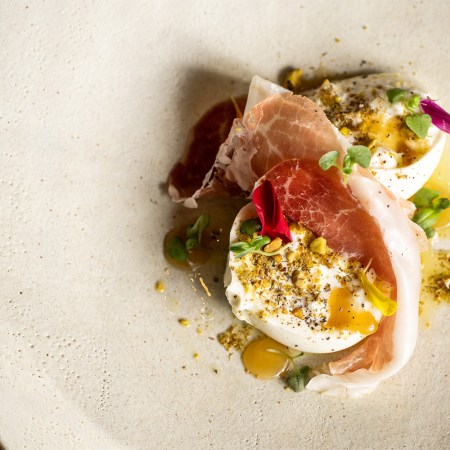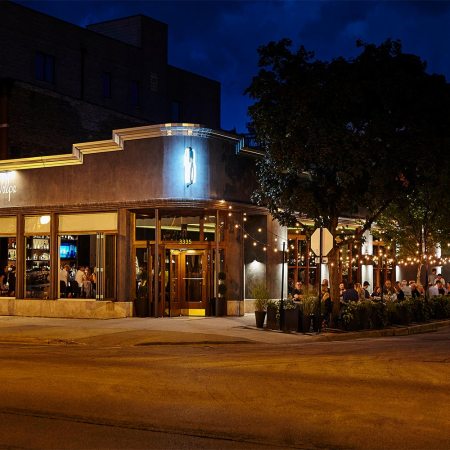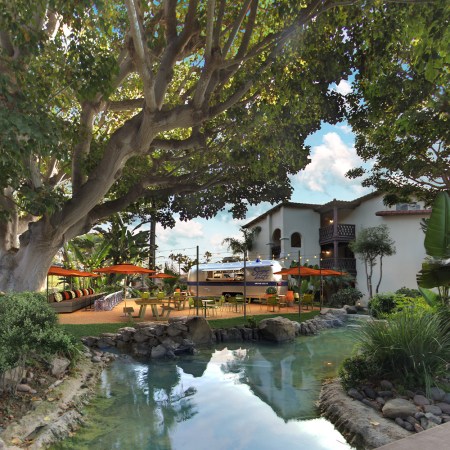This is Power Trip, a recurring series on hard-to-find but always sophisticated experiences in our favorite cities around the globe.
What’s that you say? One of the things you enjoy most about traveling is being able to justify stuffing your face like the glutton you truly are with little to no accountability?! Me too!
Now that we’ve established terms, I’d like to direct your attention to what may well be the hottest food city in the Americas, if not the world. From The World’s 50 Best Restaurants list to an appearance on Netflix’s Chef’s Table, Lima, Peru, has been rapidly ascending the global gastronomical leaderboard over the past decade, and it shows no signs of stopping.

With cold months ahead in the states, the time couldn’t be more ripe to hop a plane to the southern hemisphere for a short gustatory sabbatical. But really, you can go any time, since the weather in Lima is consistently mild all year round, never dipping far below 60º F or climbing above 80º F. Think of it as the Bay Area of South America.
The rise of the culinary scene in Lima owes to a few factors. Principal among them is the city’s cultural diversity, and the disparate cuisines that have mixed to create a food profile unlike any other in the world. A large swath of Japanese and Chinese immigrants led to such things as ceviche (it already existed, but the Japanese population in Peru turned it into the dish that is so famous today), chifa (basically Chinese food using Peruvian ingredients) and lomo saltado (stir-fried beef). Indigenous ingredients such as corn and potatoes are widely used (Peru is home to nearly 4,000 different varieties of potato), as is seafood — Peru has nearly 1,500 miles of coastline. Add it all up, throw in an emerging middle class and Lima’s status as an attractive startup hub, and you’ve got an increasingly cosmopolitan city that houses 10 of Latin America’s 50 Best Restaurants.
Now if you’re going to go to Lima, you can’t only eat, try as you might. Fortunately, aside from a rich colonial history, the arts and culture scene has been rapidly catching up to the food reputation of the city. So below, find our our guide on where to go, what to do and where to stay in the Peruvian Capital.
Where to Stay: AC Hotel Miraflores
Miraflores is an area where you’re going to be spending a good deal of your time. It’s one of the more upscale and trendy neighborhoods in Lima and features tons of great restaurants and shops. AC is a Spanish brand now owned by Marriott that specializes in unfussy, reliable and stylish business hotels; their unofficial motto of “everything you need, nothing you don’t,” and that’s exactly what this will give you. The location here is prime and the rooms certainly aren’t small, but they also aren’t the kind of hotel rooms that feature a full living room and more square footage than your apartment. The essentials are all there: cozy beds, Netflix-connected TVs and phenomenal ocean views (provided you request an ocean-view room, which you should). Again, location is really the selling point here: you’re right on Miraflores park, on a cliff overlooking the beach and the ocean, perfect for an evening stroll to watch the sunset over the Pacific. A Mediterranean breakfast buffet will keep you light on your feet for all the grubbing you’re going to do throughout the day, and a rooftop bar will give you great city views while drinking a pisco sour nightcap. Lastly, there is Larcomar Shopping Center right next door, which offers a store from just about any brand you’re looking for. Sure, you’re not going to find artisan Peruvian goods there, but it will sure come in handy when you can walk right downstairs to pick up a replacement for anything you may have forgotten to pack. If you’re looking for a bit more of a luxury experience, the JW Marriott is right next door and offers the same location perks with an elevated price tag and some extra room to stretch out.

The Three Restaurants to Book Way, Way in Advance: Central, Maido, Astrid y Gastón
These are the heavy hitters of Lima’s restaurant scene. Astrid (Gutsche, pastry chef) and Gastón (Acurio, head chef) are the OGs of Peruvian gastronomy and helped put Lima’s fine-dining scene on the map, while Central and Maido currently occupy spots 6 and 10 on The Worlds 50 Best list. You may recognize Central’s chef Virgilio Martinez from his Chef’s Table episode, in which he focuses on using native ingredients from all of Peru’s diverse regions. Maido does Japanese-Peruvian seafood fusion — also known as nikkei — at the direction of Peruvian-born Japanese chef Micha Tsumura. There’s not much to report that hasn’t already been written ad nauseam about these three restaurants by far more knowledgeable critics than myself, so if you want to know more, do some Googling. Just know that if you want to get in, you’re going to have to book early.
The Future of Peruvian Cuisine: Statera
A food journalist friend of mine who hails from Lima put me on to Statera and told me that the head chef, André Patsias, who is only 27 (27!), is “the future of Peruvian cuisine.” I went in expecting good food, but also hyperbole. I left, without sounding too dramatic, a believer. Patsias trained at the likes of Noma in Denmark and the aforementioned Central and Astrid y Gastón in his home country. The restaurant is small and features brutalist cement interiors, skylights and plenty of wood accents and greenery. For lack of a better term, it was much chiller than most fine-dining restaurants you’ve been in, without lacking in the least in the service component. First the chef brought out bread made from fermented andean potatoes slathered with a spread made from carbonized coconut (it tasted like caramel). The food was extravagantly plated; the first dish that came out — a catch of the day — was brought forth on large beds of coral. Another dish featured cactus-flavored ice shavings over tender razor clams in a clay bowl Russian-dolled inside another clay bowl filled with ice. Next came the best sweetbreads I’ve ever had, good enough to make me forget I was eating pancreas. And finally, a tagliatelle dish that would make your nonna cry. I have seen the future, and it’s delicious.

For Food and Also Cocktails: Mayta
Mayta comes in at number 49 on The World’s 50 Best – Latin America. Chef Jaime Pesaque focuses on contemporary Peruvian cuisine using Peruvian ingredients and gastronomic techniques. It’s also an award-winning Pisco bar, so you can get your local drink on as you nosh on elevated local fare. It’s also fairly priced for being such a highly regarded restaurant.
Where the Locals Shop for Food: Mercado Nº 1 de Surquillo
Spend a while wandering around this enclosed market to check out local vendors and all their offerings. Exotic fruits and vegetables line the aisles and samples abound. There are quite a few good dining options inside as well.
Get Your Chifa On: Madam Tusan
This is one of the aforementioned chifa restaurants blending Chinese cuisine with traditional Peruvian ingredients. There are dumplings aplenty and hearty chaufa, or fried rice. This is no mere run-of-the-mill Chifa restaurant: it’s helmed by Gastón Acurio (of Astrid y Gastón fame).
For a Cup of Peruvian Joe: Colonia & Co.
Lima is not hurting for quality coffee shops, since Peru is one of the world’s top coffee-producing nations. But what sets Colonia & Co. apart is one drink in particular: a cold brew and fresh orange juice combo that is exceedingly delicious but would undoubtedly prove impossible to make well at home.
A Poorly Named Bar That Is Nonetheless Very Fun: Ayahuasca
When you think of Peru, going on an ayahuasca journey may be one of the first things that comes to mind. No, you cannot do it here. This bar is housed in Barranco, the arts and nightlife neighborhood of Lima, in a renovated mansion. Back in the day, Barranco used to be its own municipality, a beach town where Lima’s 1% had their beach houses. But as the city expanded, Barranco was absorbed into the city proper and the wealthy had to look elsewhere for secluded beach houses. Many of these mansions are abandoned, but others, like Ayahuasca, have been converted into incredibly unique bars that feel like house parties.
An Educational Experience That Will Also Get You Drunk: Museo del Pisco
You wouldn’t go to Mexico and not have mezcal, nor would you go to Scotland and not sip on a fine aged Scotch, so don’t go to Lima without drinking Pisco. This “museum” is less of a typical museum, and more of a bar where you can learn things. Do the flight tasting, which will teach you all about the history of the spirit and what to look for when tasting it.
An Educational Experience That Will Not Get You Drunk: Larco Museum
The Larco Museum houses pre-Columbian art and will give you a history lesson on what things were like in Peru before the conquistadors showed up. The kicker here is that there’s an entire erotic art room filled with giggle-inducing statues that will be sure to make your Instagram stories a hoot.
Haku Walking Tour
You can’t go to such an old city and not spend time wandering around the historic center. The nation has a rich history and was once the Spanish capital of The Viceroyalty of Peru, which at the time encompassed damn near all of South America, so the Spanish invested a lot in development. This means there are some absolute beauts of colonial architecture. You can certainly wander around on your own, but Haku walking tours are inexpensive and will give you a ton of information you would otherwise miss out on.

To Look at Pictures of Beautiful People: Mate
This museum is run by galactically famous fashion photographer Mario Testino. It houses mostly his work, featuring about every celebrity you can name. But even if pop culture photography isn’t your thing, it’s worth a visit just for the sheer scale and rich color of many of his photos. A native Peruvian, Testino also shows some of his personal work here, which pays tribute to the beauty of Peru’s local and indigenous cultures.
Gift Shop: Dedalo
Dedalo is like a mix between a department store and a flea market, and was founded over a quarter century ago by Peruvian bon vivant María Elena Fernández. It is a winding labyrinth with tens of thousands of products all sourced from local makers. You can find everything from small tchotchkes to large art pieces and plenty of llama, alpaca and vicuña clothing. It’s a good spot to spend a few hours exploring. Plus there’s a delightful cafe should all the shopping make you a bit peckish. This is the spot to go to find gifts to bring back, 100%.
For more travel news, tips and inspo, sign up for InsideHook's weekly travel newsletter, The Journey.






















